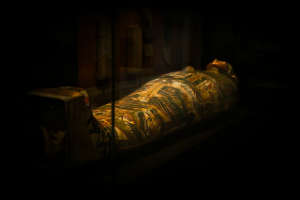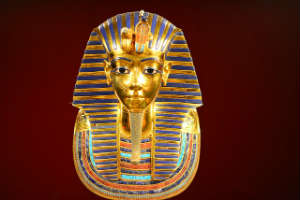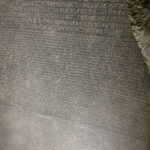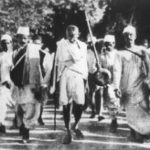Death Masks: Preserving The Memory Of The Dead
In spite of the name, there is little that is morbid about death masks. In many historical traditions and cultures, death masks are simply a part of the mourning or funeral processes. Ira Riklis looks into the history of this culturally important tradition. Consider ancient Egypt, for example.
The Egyptians
You are probably familiar with the idea of mummification, having undoubtedly learned about that in school. Egyptians also used death masks, however, to cover the face of the mummy. These masks could be made of wood (originally), or linen cloth or papyrus for the lower classes. The ruling classes were the ones with the masks made of gold and gems and other precious materials. These are the masks that you would typically think of when you consider Egyptian death masks. Culturally, it was very important, as the Egyptians believed that the death mask would help the individual locate the afterlife and that it would provide protection and guidance for the deceased’s soul. The soul had to have the body in order to live in the afterlife, which was the purpose of both the mummification and the death masks.
The Aztecs
Death masks were also used by the Aztecs. These death masks were typically supposed to symbolize one of their gods and were placed over the face of the deceased individual (generally one of the ruling class) or occasionally displayed as a memorial. Aztec masks were usually made of turquoise, ceramic or stone, and were highly stylized, with the eyes closed and the mouth open.
The Romans
The Ancient Romans also had practices involving death masks. It is thought that this is part of the reason that those Roman busts that you see in museums are all so very lifelike. Many have surmised that the artists used a wax mold that had been made of the deceased person’s face to later make their stone busts. This tradition of the death mask continued throughout the Middle Ages, as wax or plaster became commonly used to make a temporary mold of the head until something more permanent could be created.
In the case of the Romans and the Middle Ages, the death mask’s purpose was a preservation of the features of the deceased, rather than any specific funerary or religious ritual being met. This served to preserve their memory for the surviving loved ones, but in many cases, this was restricted to the wealthy or the ruling class, or those who were prominent artists (Beethoven, for example).
Prior to the development of photography, death masks were even used in forensics, specifically to preserve the likeness of individuals who were unidentified upon their deaths. The death mask could be used to show family members who might come looking for their missing relative after a burial had taken place.
Use In Modern Times
The use and tradition of death masks has continued through to modern times, although not for these same reasons. You may have heard about many of the more recent ones, especially of some of the more well-known individuals. Perhaps one of the most controversial, recent death masks was that of John Dillinger. Dillinger was a high-profile criminal and bank robber from the early part of the twentieth century. He was allegedly gunned down by the FBI in 1934. Suspicions and speculations abound, however, as to whether it was actually Dillinger that was shot that day. There are conspiracies that the death mask displayed at the funeral did not have all of Dillinger’s scars, for example. The FBI insists that the mask is, in fact, Dillinger and that even their modern technologies confirm this (using computer programs that are designed to recognize and match facial features).
Death masks have historically been a part of many different cultures, all around the world. They provide a fascinating look into the past and into the lives of previous generations.







